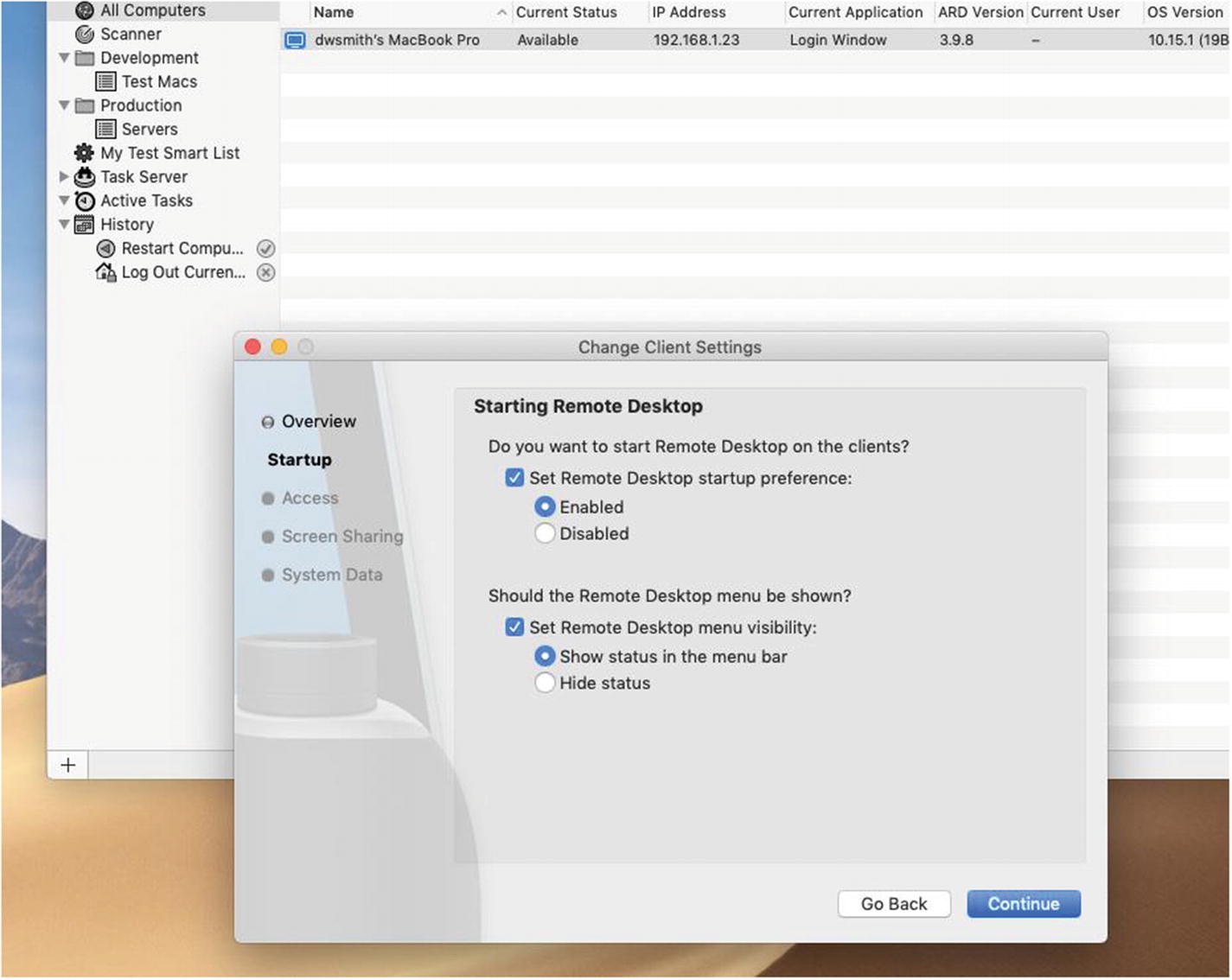

Once done, you can add the user via System Preferences -> Sharing, the Remote Login option should have a spot for “Only these users”. However there is no way to add a user that is hidden, to get around this you can un-hide the user using this command sudo defaults write /Library/Preferences/ Hide500Users -bool NO But what if the admin account in question is hidden? Hidden accounts can be great for system admins who want to hide a backup or admin account on their workstation You would add a user to SSH, active directory or otherwise using the System Preferences, Sharing preference pane. The process here is pretty straight forward. kickstart -configure -clientopts -setdirlogins -dirlogins yes Setup SSH Access The last step in this process is to set the ARD client options to allow directory logins, again do this via the ARD Kickstart command:.kickstart -activate -configure -access -on -privs -all -users ARD_ADMIN -restart -agent Now that you have a local group with an AD group nested inside, you can give your group the necessary privileges via the ARD Kickstart command:Ĭd /System/Library/CoreServices/RemoteManagement/ARDAgent.app/Contents/Resources/.Sudo dseditgroup -o edit -a "UNT \S omeGroupName" -t group ARD_ADMIN I already had such a group, I wanted to add the ARD group to the ARD_ADMIN group to add the group use this command Now you just need to create an active directory group that you will add to the ARD_ADMIN group.create /Groups/ARD_ADMIN GroupMembership ""

create /Groups/ARD_ADMIN GroupMembers "" sudo dscl. create /Groups/ARD_ADMIN RealName "ARD_ADMIN" sudo dscl.
#Remote server login client for mac password
create /Groups/ARD_ADMIN Password "*" sudo dscl. create /Groups/ARD_ADMIN PrimaryGroupID "530" sudo dscl. Create a Local ARD_ADMIN group using dscl in Terminal:.I highly recommend checking out their group articles and tutorials. The UNT Apple Managers group is a valuable and often looked over internet resource. You can create any group you want but for the sake of this article we will use ARD_ADMIN. The way to accomplish ARD AD authentication is by nesting an AD group inside a local group. Having recently deployed a series of servers with this configuration I figured I would share some of the commands needed to get this configured correctly. But what if you want to use your secure AD credentials over an SSH or Apple Remote Desktop connection? Well thats when things need a bit more configuration. Once your Mac is bound, authentication is easy, local authentication that is.
#Remote server login client for mac how to
Most Mac Admin’s worth their salt, know how this is done, many know how to do this via the command line. Binding a Mac to an AD is fairly straight forward.


 0 kommentar(er)
0 kommentar(er)
